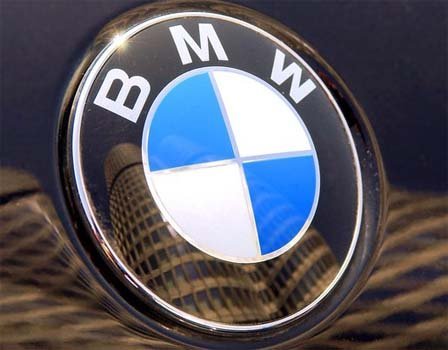BMW thinks about first assembly plant in Latin America

Sales are still small in Brazil at just about 10,000 units out of 1.46 million last year worldwide, but grew at an annual pace north of 50 percent -- far and above that of mature markets.
"For us, it is really about the significance and prominence of the market, since we believe it has a big future. The development of Brazil over the past 10 years is impressive," BMW production boss Frank-Peter Arndt told Reuters on the sidelines of the company's annual news conference on Tuesday.
CEO Norbert Reithofer said that 2009 was the year of the economic crisis, 2010 was BMW's year of a new beginning, adding that "2011 will be our year of opportunities."
Brazil clearly could be one of them. Light vehicle sales in Brazil rose 11 percent to 3.33 million units last year, surpassing for the first time in size Germany, Europe's largest car market, according to data from the German automotive industry association VDA.
Daimler AG was the first luxury carmaker to start car production in Brazil, where it began building the Mercedes-Benz A-class entry-premium model in 1999. But it ceased car production in December and is re-fitting its Juiz de Fora plant to build heavy trucks.
Arndt said a key criterion in judging whether to expand BMW's motorcycle assembly in Manaus, Brazil, to include cars or to set up an all-new plant would be finding easy logistical links to a strong supplier base. This is because BMW only accounts for some 20% to 30% of the manufacturing value-added in its vehicles.
If approved, BMW would initially start with a pure assembly operation where cars are made from complete knockdown kits comprised of major component groups -- a common first step when entering an untested market.
"In India, we started with a maximum capacity of 2,000 vehicles in two shift operations but you can imagine almost any size," Arndt said. "This will more likely be determined by the number of models and derivatives you decide to build there than by the (sales) volume. The team there has to first deal with this complexity before it is able to guarantee the same quality found at any other BMW plant."
Depending on the development in demand, BMW could then expand the plant to include anything from its own steel stamping operations to welding car bodies together and painting them -- which always means a higher fixed cost base and capital spending that can be 10 times the initial investment.
When asked whether this kind of decision would first require volumes of at least 100,000, he said: "For years, if not decades, we've done very well in South Africa with our Rossyln plant producing only around 50,000 cars a year, so I can imagine other increments as well."
BMW already runs CKD assembly sites in Cairo, Egypt; Chennai, India; Jakarta, Indonesia; Kulim, Malaysia; Kaliningrad, Russia; and Rayong; Thailand. Typically carmakers resort to these small-scale plants just to avoid trade barriers that impose punitive import duties.
Nouvelles connexes


